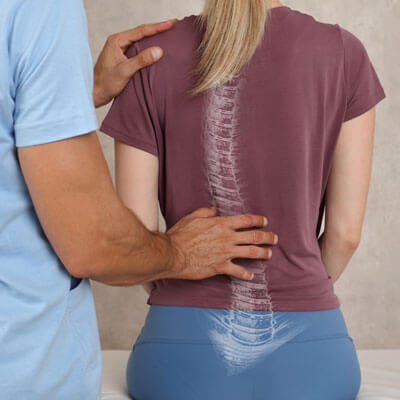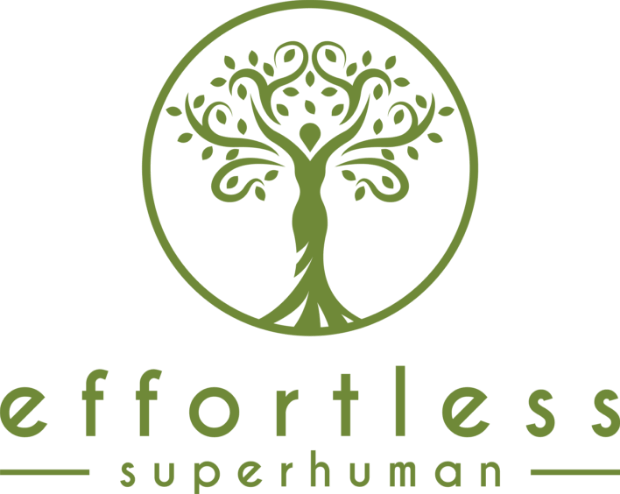
When we talk about pain or movement issues, most people look to the area that hurts; the shoulder, the neck, the back. But the human body doesn’t work in isolation. Every joint, muscle, and movement pattern is part of a larger chain of communication.
The Pelvis: The Bridge Between Strength and Stability
In physiotherapy, the pelvis is one of the most underestimated structures in the body. It’s the literal and functional bridge between the upper and lower halves, transferring force, stabilising the spine, and influencing everything from gait to shoulder mechanics.
When the pelvis moves well, the body moves efficiently. When it doesn’t, compensation begins.
A rotated, tilted, or stiff pelvis can cause the hips to lose range, the lumbar spine to overwork, and the entire kinetic chain to fall out of sync. Many people chase pain in the back, hip, or hamstring without realising the driver sits right at the centre, the pelvis.
Clinically, we look at the pelvis as a dynamic system:
Muscular: The balance between glutes, hip flexors, and core stabilisers determines control.
Neurological: The pelvis provides proprioceptive feedback that affects balance and coordination.
Mechanical: It transfers load between the legs and spine, influencing how efficiently force travels through the body.
Even small asymmetries (a few millimetres of rotation) can alter how load is distributed through the hips and spine over thousands of steps each day. Over time, that subtle imbalance can evolve into chronic tension or pain.
At Effortless Superhuman, we focus on restoring pelvic alignment and control through movement retraining, breathwork, and strength integration. When the centre moves well, everything else follows.
The pelvis isn’t just your midpoint, it’s your foundation for movement efficiency and strength.
The Thoracic Spine: The Missing Link in Upper Body Pain
The thoracic spine (the mid-back) often hides in plain sight. Clients arrive with shoulder or neck pain, but the real driver of dysfunction often lies a few vertebrae lower.
The thoracic spine acts as the anchor between the upper and lower body. It’s built for mobility; rotation, extension, and controlled movement that allows the ribs, shoulders, and neck to work efficiently. When it stiffens, other areas are forced to compensate.
If the thoracic spine loses range:
- The neck picks up the slack, creating tension and headaches.
- The shoulders overwork to move overhead, leading to impingement or tendon irritation.
- The lower back hyperextends, adding stress to the lumbar region.
Every degree of lost motion in the mid-back is borrowed from somewhere else and over time, that “borrowing” becomes overload.
Most people don’t feel pain in their thoracic spine, so they rarely suspect it’s part of the problem. But in physiotherapy, we know that pain often appears at the site of compensation, not the source of dysfunction.
Releasing and retraining thoracic mobility can improve posture, enhance breathing, and free up movement across the entire upper body. When the mid-back moves well, the whole system moves better.
Where you feel pain isn’t always where the problem begins.
A Whole-Body Perspective
At Effortless Superhuman, we look beyond symptoms to understand how systems interact. When we restore movement and communication between key structures like the pelvis and thoracic spine — we unlock the body’s natural efficiency and resilience.
Pain reduction is just the beginning. The real goal is to build a body that feels connected, capable, and confident in movement for life.
In Summary
- The pelvis provides control and force transfer between the lower and upper body.
- The thoracic spine provides mobility and adaptability for the upper body.
- When either one becomes restricted, pain and dysfunction often appear elsewhere.
- The key to lasting change is restoring balance in the system not just fixing the site of pain, but reawakening the body’s ability to move as one.
